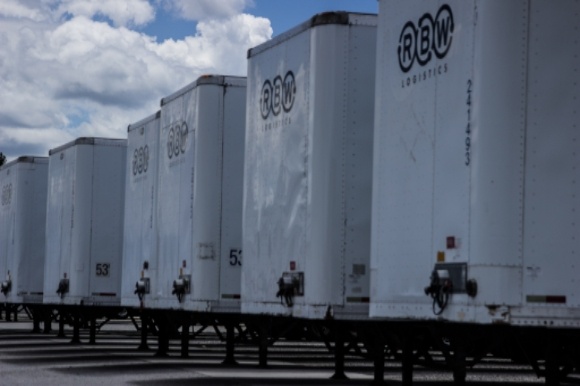The Three Major Distractions Of Transportation
Watch for Potential Transportation Hazards We’ve all seen it; the vehicle ahead slowly drifting from the center of a lane to the shoulder and back,...
1 min read
 John Albright
:
Sep 20, 2017 11:00:00 AM
John Albright
:
Sep 20, 2017 11:00:00 AM

Do you remember toll roads twenty years ago? They were all manned by people, and everyone knew to keep a large stash of coins on hand so they could quickly continue on their drive. Then, slowly, half had people and the other half had automatic coin readers that, when you threw in the right amount of change, would automatically raise the bar. Eventually, even that system changed to a mix of coin-only and toll tag lanes until finally we're left with a national grid of interstates and highways that will either read your tag or bill you later. The roads are faster, and the automation is more frequent, and this system will continue to grow to semi-trailers, trains, and any interstate drone systems that might come about. And while your toll tag may only passively have joined the Internet of Things, automation and integration of all of the objects related to transportation are well on their way.
The roads are faster, and the automation is more frequent, and this system will continue to grow to semi-trailers, trains, and any interstate drone systems that might come about. And while your toll tag may only passively have joined the Internet of Things, automation and integration of all of the objects related to transportation are well on their way.
Service vehicles, such as fast food delivery cars, maid service trucks, and electricians' or concrete trucks are increasingly being tagged with technology that helps corporate centers monitor distance traveled, the best epicenters for franchises, and areas of higher or lower demand. On a large scale, this information is giving companies the data to recreate better policies and to focus their marketing or attention on profitable areas. Far from the individual oversight RFIs and GPS devices threatened years ago, the aggregate data they collect is instead driving systemic change. No matter what industry or scale your company provides logistics and transportation for, this data is becoming more and more necessary to offer efficient service, to cut costs, and to better answer demand. Start creating amendments to your business plan that take trends such as RFI usage, the growing popularity of passive monitoring devices and scanners that can remotely check stock quantity and conditions, and other new facets of the Internet of Things.

Watch for Potential Transportation Hazards We’ve all seen it; the vehicle ahead slowly drifting from the center of a lane to the shoulder and back,...

Vehicle and communication technology advances provide new opportunities for management to create sustainable and adaptable transport networks. Fleet...

The American Trucking Association (ATA) states that over 70 percent of U.S. freight is moved by trucks. 38 billion gallons of diesel fuel are...